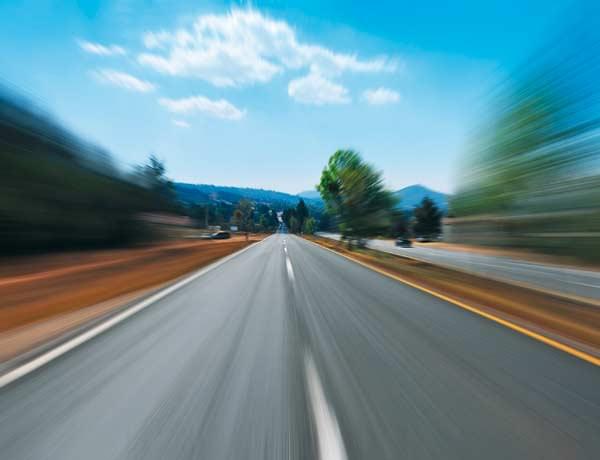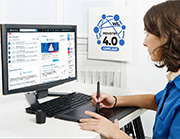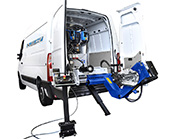
The summer holidays are approaching, and Gabriele Tarquini (a former Formula 1 driver and test driver) - together with Honda Motor Europe - have drawn up a list of tips for safe travelling.
Tyres
“Many people think that changing tyres when the seasons change is only essential in the winter, so you can tackle snow and ice. Nothing could be further from the truth. During the summer, it is critical to change to summer tyres and to check their condition and pressure. Asphalt is porous, and when it stays dry because it has not rained, as occurs in the summer, it collects a full load of oily residue from motor vehicle exhausts that deposits on the surface. And that's why when it rains in the summer, the road is even more slippery than in winter. The accumulated residue, which is lighter than water, rises to the surface when it begins to rain, and the road gets very dangerous”.
The pressure of the tyres must be adjusted to suit vehicle load. “Cars,” explains Tarquini, “are labelled on the front door with instructions for adjusting tyre pressures according to the number of people and amount of luggage that the car is carrying. The proper balance between weight and tyre pressure enhances safety on a trip. So let's not forget to check and adjust our tyre pressures as needed. It's also very important to perform a complete check of the tyres to make sure they're in perfect condition”.
Mirrors
“It's also important to adjust your mirrors so they can do what they were designed for: the essential task of providing a clear view of the cars behind and to the side of us when we move our head slightly. Even the centre mirror must be positioned correctly”.
The passenger compartment
“Controlling the temperature of the passenger compartment is very important on a long trip. Fresh air helps you stay alert, and you become drowsy when it's too warm inside the car. Of course, you still have to stop and take a break to rest if you're tired”.
Both front and rear safety belts must be buckled.
Correct posture
Correct posture during driving increases safety as well as comfort. The steering wheel must be gripped at “9:15” (place your hands like the hands of a clock), with the thumb and forefinger firmly positioned on the spokes of the wheel. A 90°/100° angle must be formed by your arms when they hold the wheel. Your heel must be firmly planted on the floor to limit movement as you travel around curves and corners, and when you brake. Also, the entire surface of your thigh must rest on the seat”. So avoid overly thin heels, because they provide only a small surface that rests on the floor. And if you can't forego the elegance of a thin heel even while you're on holiday, you can bring another pair of shoes to use for driving.
Your driving style
“Curves, especially if they're tight, must be handled like this: slow down and brake with the wheels straight, release the accelerator as you enter the curve to transfer the car's weight to the front, turn the wheel, and gradually accelerate once again as you start straightening out the wheel with your hands.”




